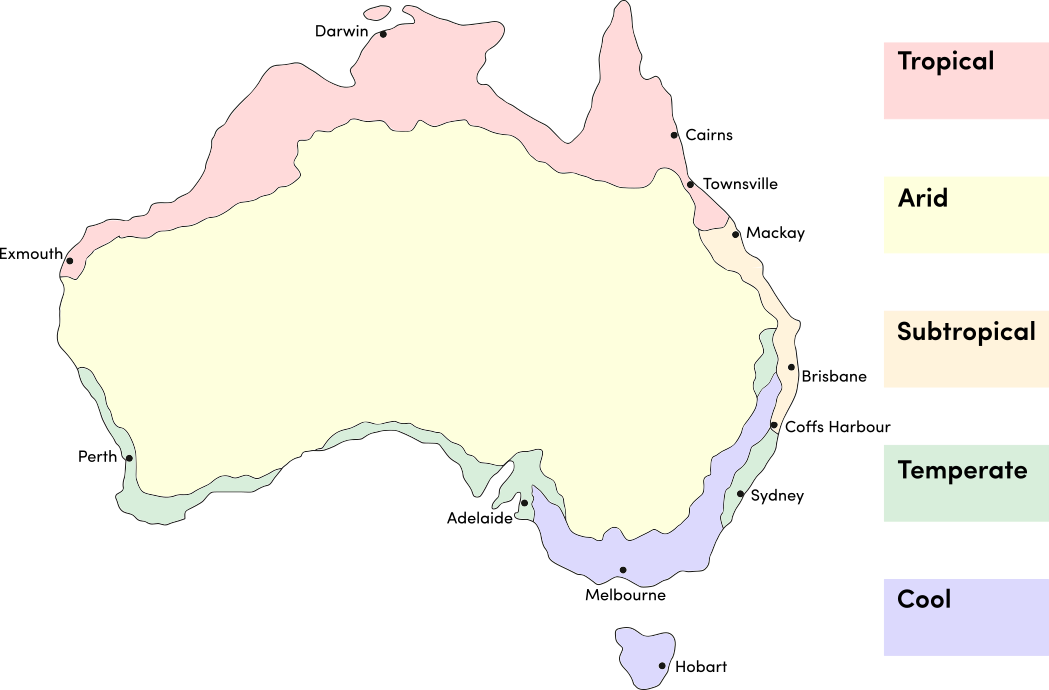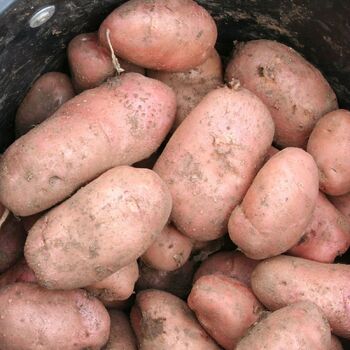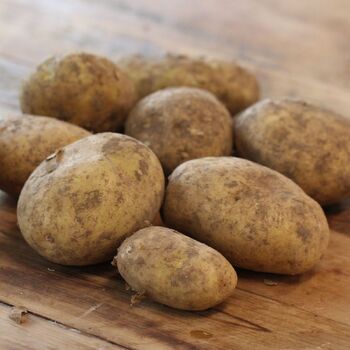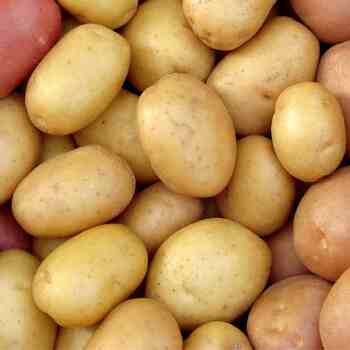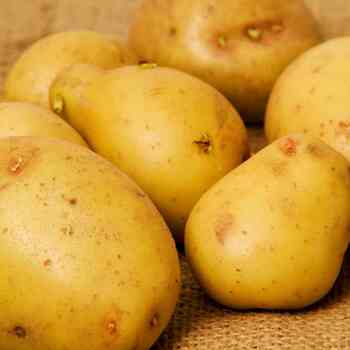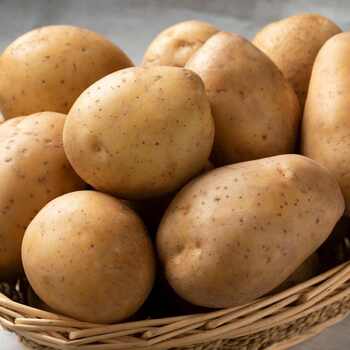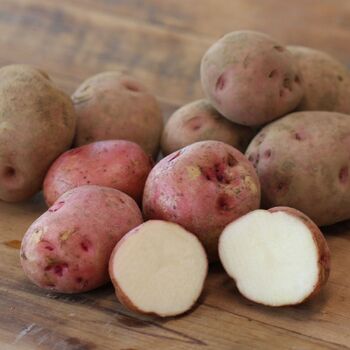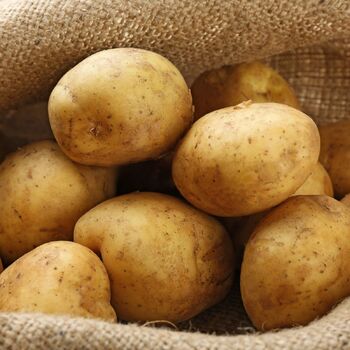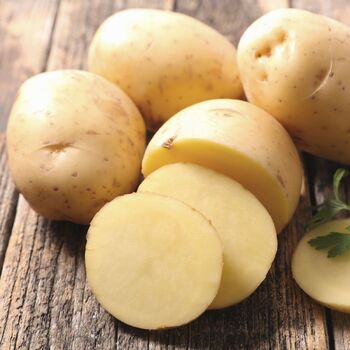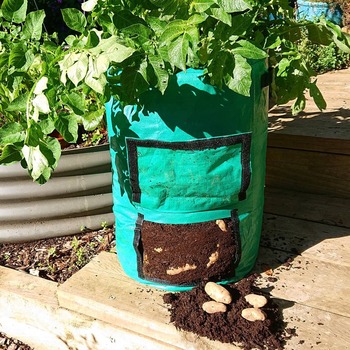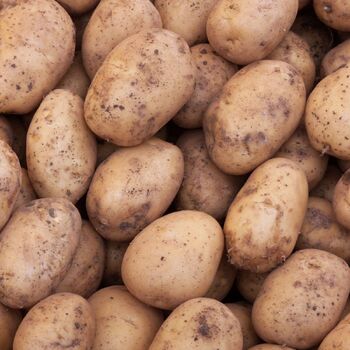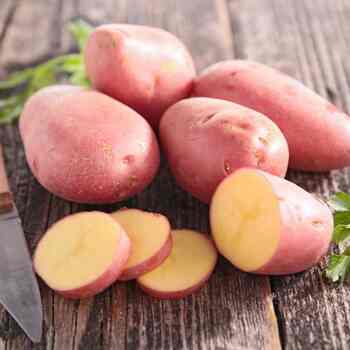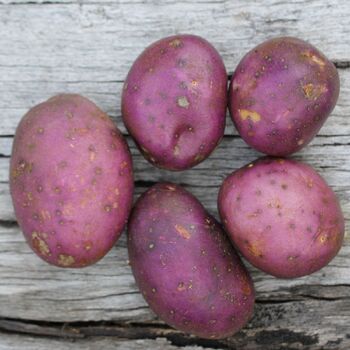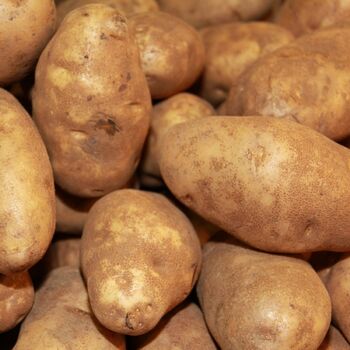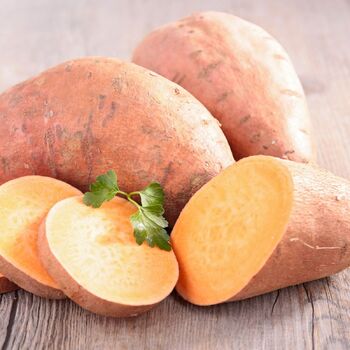Potato_
Guides
-
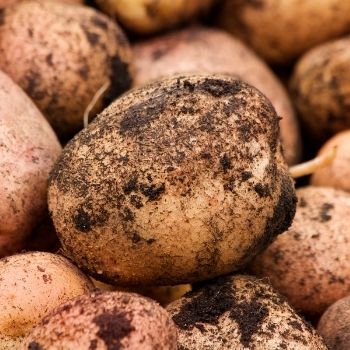
How to Grow Potato Tubers
A comprehensive guide on how to grow Potato; including soil preparation and position, when and how to plant, when and how to harvest and common pests and diseases. View guide.
-
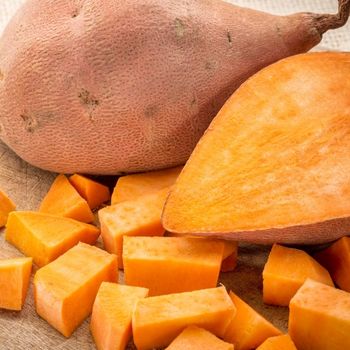
How to Grow Sweet Potato Tubers
A comprehensive guide on how to grow Sweet Potato; including soil preparation and position, when and how to plant, when and how to harvest and common pests and diseases. View guide.
More Related Content
-
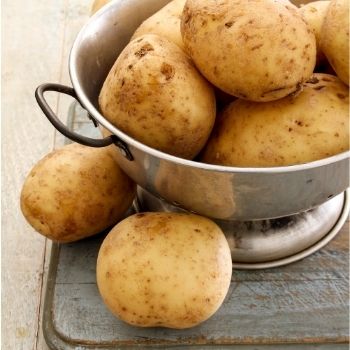
How to Grow Potatoes
Potatoes are a mainstay of the home veggie patch, thanks to their easy cultivation and reliably large crops. This article explains how to grow them at home either in the open soil or in a potato grow bag or planter bag. Read article.
-
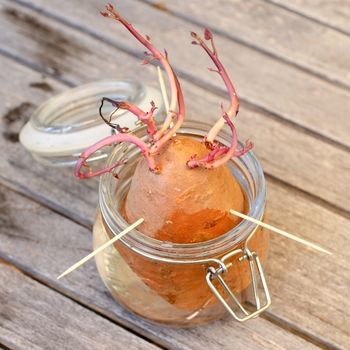
How to Grow Sweet Potato From a Tuber
Growing sweet potato is a little more involved than growing many other vegetables, but the effort will be rewarded with edible shoots and versatile tubers. Here’s how to grow sweet potato from a tuber. Read article.
-
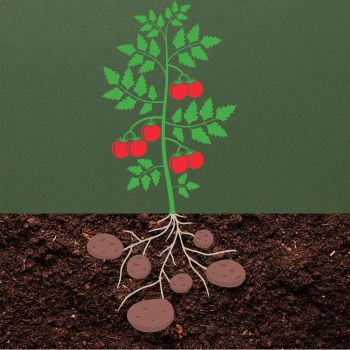
The Ketchup ‘n’ Fries Plant: Grafting Potatoes with Tomatoes
If you crave the unusual in your garden, growing a ‘ketchup ‘n’ fries’ plant may be for you. This unique graft between potato and tomato plants offers a dual harvest of flavourful tomatoes and homegrown potatoes. A must-try for adventurous gardeners! Read article.
-
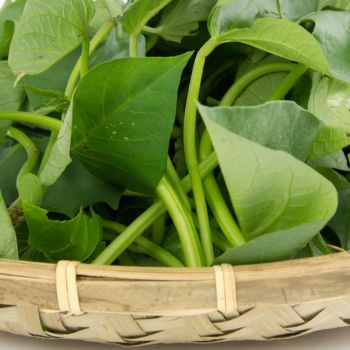
Cooking with Sweet Potato Leaves: A Nutritious Delight for Home Gardeners
Unlock the nutritional potential of your sweet potato plants by learning how to grow and cook sweet potato leaves. Explore the health benefits of these edible leaves and enjoy a delicious stir-fry recipe that puts your homegrown greens to good use. Read article.

